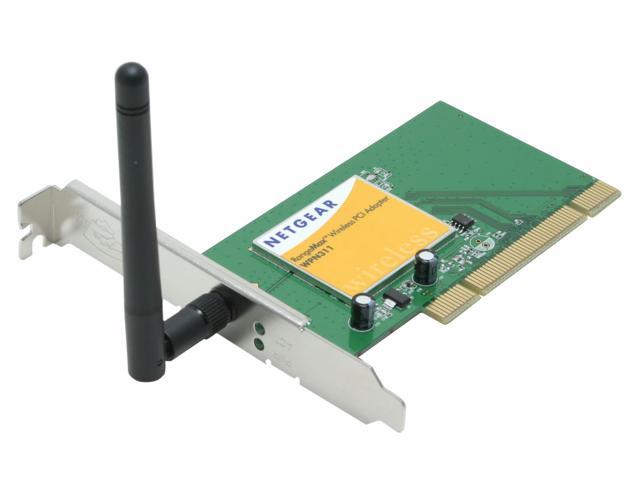

The router should now boot into Netgear GUI. Repeat step 3 but instead of OpenWRT firmware use stock firmware from NETGEAR's website. However there is still not enough space to load any OpenWRT firmware or stock firmware. Router should now have OpenWRT 17.01.0 and you should be able to access LEDE GUI. Can take several attempts (see log below). Simply run the command again (immediately). Release the reset button.Īt this point nmrpflash will likely fail. Keep holding reset button until nmrpflash finds the router. Press the recessed reset button and hold it down while powering on the router. Nmrpflash -L And note the interface (static ip you set for example 192.168.1.10) Do not follow the instructions for nmrpflash, and instead do the following Download nmrpflash from and Npcap dependency

If you are already on LEDE build skip Skip to step 4. Recovery is possible if WNR1000v3 is pingable at boot. The device enabled the network on IP 192.168.1.1 during boot for a very short time like 2 Seconds.
#NETGEAR RANGEMAX DRIVER 3.5.0.7 SERIAL#
Write len/chksum offset 0x003A7FF8.done.ĭecompressing.done Recovery without serial Cable It can be changed with the ifconfig command in CFE like The default address of the device is 192.168.1.1.
#NETGEAR RANGEMAX DRIVER 3.5.0.7 PC#
Copy the standard OpenWrt image to temporary filename “flash0.os” on the PC and change byte with address 0x30 to contain a '5' (Hex 0x35). Enter command “tftpd” into the bootloader.Ī default openwrt image produces an error message from the CFE bootloader that the Board ID is U12H139T50_NETGEAR, while the Image ID is U12H139T00_NETGEAR. Immediatly after Power-On, send Ctrl-C serveral times to enter the CFE Boot loader. J3 Connector is not soldered in by default. Attach 3,3V Serial UART Adapter to J3 on the PCB.


 0 kommentar(er)
0 kommentar(er)
